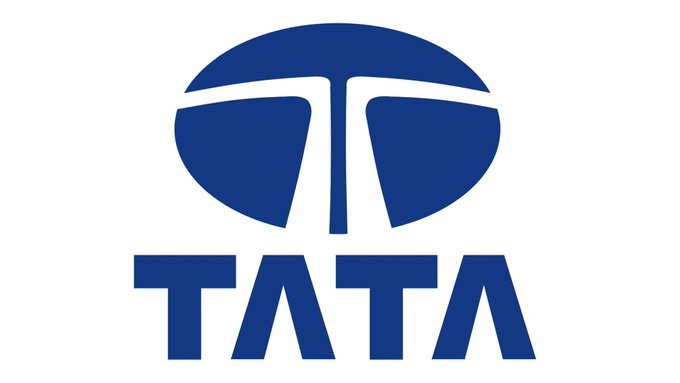Tata Motors Adopts Granular Data-Driven Forecasting Model

Tata Motors Adopts Granular Data-Driven Forecasting Model
The automotive sector, long challenged by fluctuating demand cycles and intricate supply chains, is witnessing a quiet shift in how companies forecast and manage inventory. At the forefront of this change is Tata Motors, where the Commercial Vehicles (CV) division has been piloting a granular forecasting framework to align production more closely with market realities.
Speaking at the 7th Auto Retail Conclave hosted by the Federation of Automobile Dealers Associations (FADA) in Delhi, Anil Sekhar, Head of Salesforce Excellence for Commercial Vehicles at Tata Motors, shared insights into the company’s evolving strategy.
“A lot of tech-driven data is being used to control inventory,” Sekhar remarked, highlighting that the initiative began last year with a clear objective: to create forecasting models that adapt to volatility instead of being disrupted by it.
Forecasting at the Dealer Level
Under the new system, Tata Motors requires dealerships to submit their monthly vehicle requirements with the “last level of granularity” at the beginning of the previous month. For example, demand for January is locked in during early December.
Tata Motors supplies trend data from the previous month to assist dealers in these projections, enabling retailers to base their forecasts on concrete market signals rather than gut instinct. The goal is to establish a tighter correlation between dealer-level demand estimates and real-time market movements.
A Panel of Industry Voices
Sekhar’s remarks came during a panel moderated by Hormazd Sorabjee, Editor of Autocar India, featuring industry leaders such as:
- Bharat Chordia, Director, Khivraj Automobiles
- Jyoti Malhotra, MD, Volvo Car India
- Ashutosh Varma, CBO–IBU, Hero MotoCorp
- Nalinikanth Gollagunta, CEO, Automotive Division, M&M
- Tarun Garg, COO, Hyundai Motor India
- Yogesh Mathur, Director–Sales & Marketing, Honda Motorcycle & Scooter India
- Sanjeev Kumar, President & Head of M&HCV, Ashok Leyland
The discussion revolved around how automakers can respond more effectively to changing consumer sentiment and supply chain uncertainties.
Moving Beyond “Push” Sales
While Sekhar acknowledged that the granular forecasting initiative is still in its early stages, he expressed optimism about its potential. By building a stronger data-driven link between dealer projections and actual market trends, Tata Motors aims to reduce instances of “pushing” vehicles onto dealers. Instead, the company is striving for smarter inventory allocation, greater transparency, and improved dealer confidence.
This shift underscores a broader industry trend: leveraging data analytics not just for production planning, but also for creating a more collaborative ecosystem between OEMs and dealerships.
